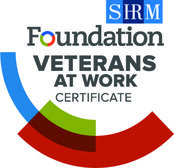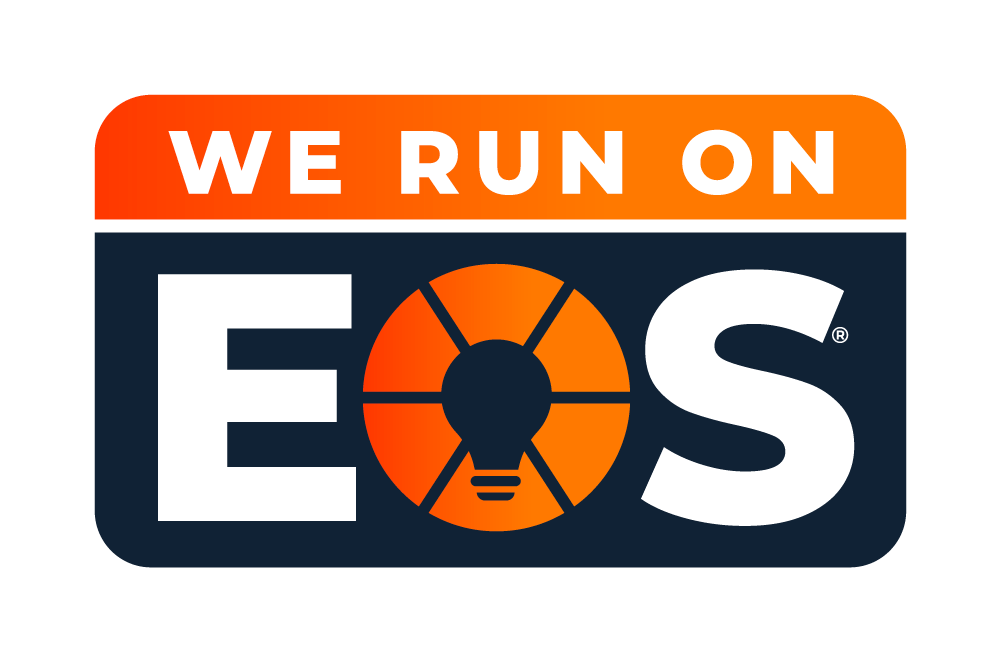What is Price to Win?
All right govcons, here’s another fancy schmancy phrase that is pretty common in our industry and yet nobody really knows what this mysterious thing is. Price to Win (PTW)! What? Does anyone truly have a guide to THE winning number? Think about that for a second. The answer is a resounding NO. If someone did, they would be richer than Jeff Bezos. So, what is the number or how can we at least get close? After working on and consulting with the Price to Win gurus in the industry, it’s safe to say that Price to Win isn’t a miracle cure to your pricing problems.
What are pricing problems?
- You’ve been losing proposals because of the pricing factors involved
- Your technical and other volumes have been kicking down the door by getting excellent/good ratings, yet no wins.
Now, don’t go blaming your pricing team because of these losses. Trust us, it’s not them, it’s you, the Capture Team. A winning price is achieved by thoroughly analyzing competition, acquisition trends, budgets, price and capabilities tradeoffs. We can’t forget an accurate cost proposal development. (Notice that the cost proposal development is only one part of this process.) This process is essentially the concept of “Price to Win”. PTW informs your pricing decisions.
A PTW process should begin the minute you identify an opportunity. It should be integrated into your bid/no bid decision. You must understand the competitive landscape at that time of opportunity, and what it’s likely to be by the time the Request for Proposal (RFP) actually drops. This can be quite a long window of time (a year to two in some cases). This is why Price to win is an iterative process. You must keep an eye on the ball because the landscape changes quite a bit in our industry. A current competitor might be your teammate and a current teammate might suddenly become a competitor if there is M&A activity (which is a huge trend).
What does PTW entail?
As we’ve highlighted in our Circle of Pricing before;
Price to Win – this is a bottom-up build based on the draft RFP documents and final RFP documents. The end result is to model the Total Evaluated Price (TEP).
The inputs into the TEP (for example, the technical solution), are determined during the Competitive Analysis. The outputs of the Price to Win analysis are to recommend specific strategies identified in competitors that can be incorporated into your internal pricing strategy. Price to Win should provide you with a comparison of labor categories, location, etc. that are being priced by your competitors. You can use this information against your approach and make adjustments to your solution and to your pricing.
The smartest way to conduct a thorough Price to Win analysis (that includes competitive assessments, buying trends, market cost estimation) is to hire the experts. Hiring industry experts provide a very good lens to obtain a robust view. You can have your internal team conduct this, but you may want to consider outsourcing. A subject matter expert will have a better finger on the pulse of the market. It’s worth the investment to use these experts and outsource your Price to Win function to capture the market analysis with an unbiased view.
If you’d like to learn more about how this looks for your business, contact BOOST! [email protected]






